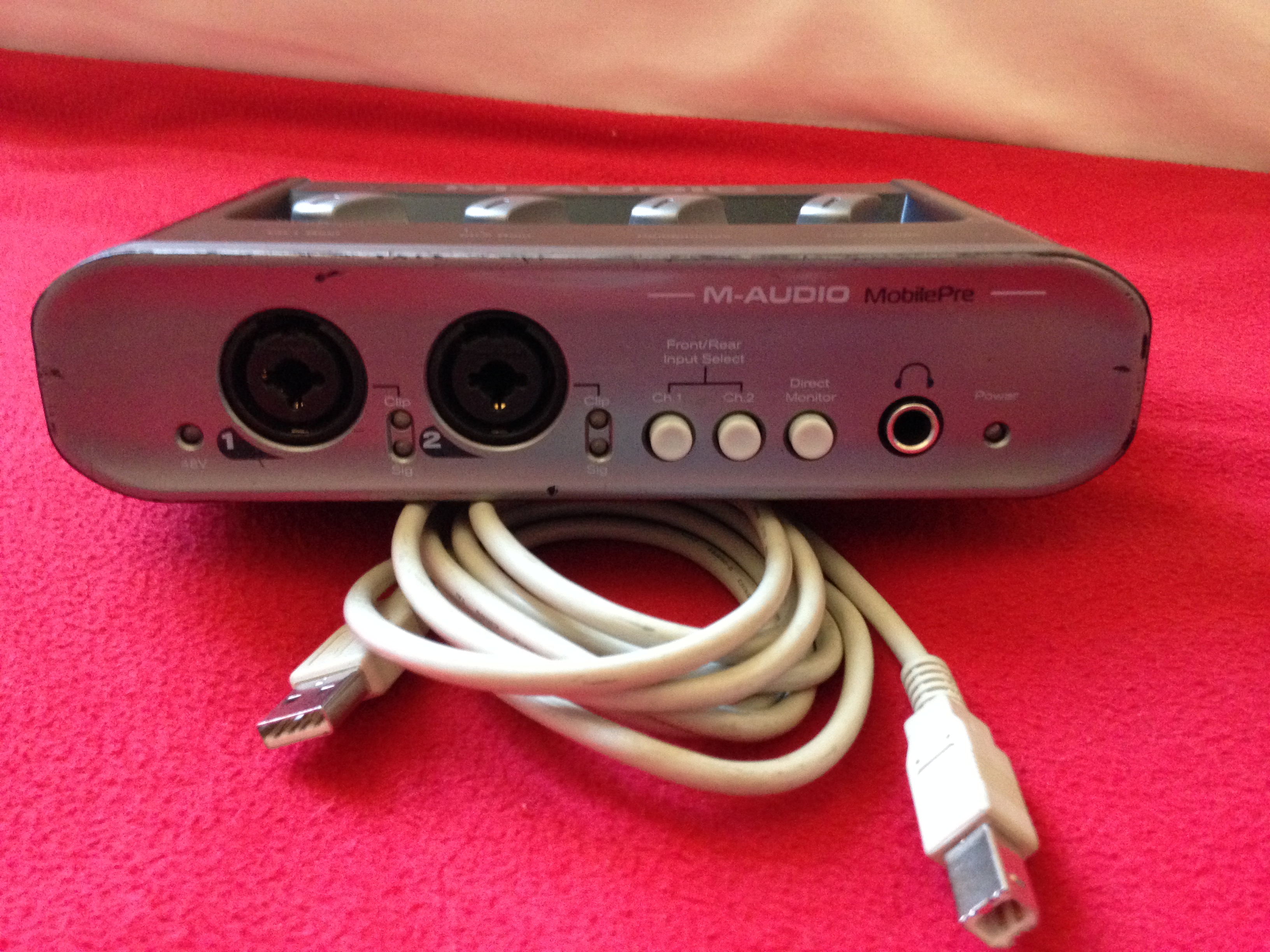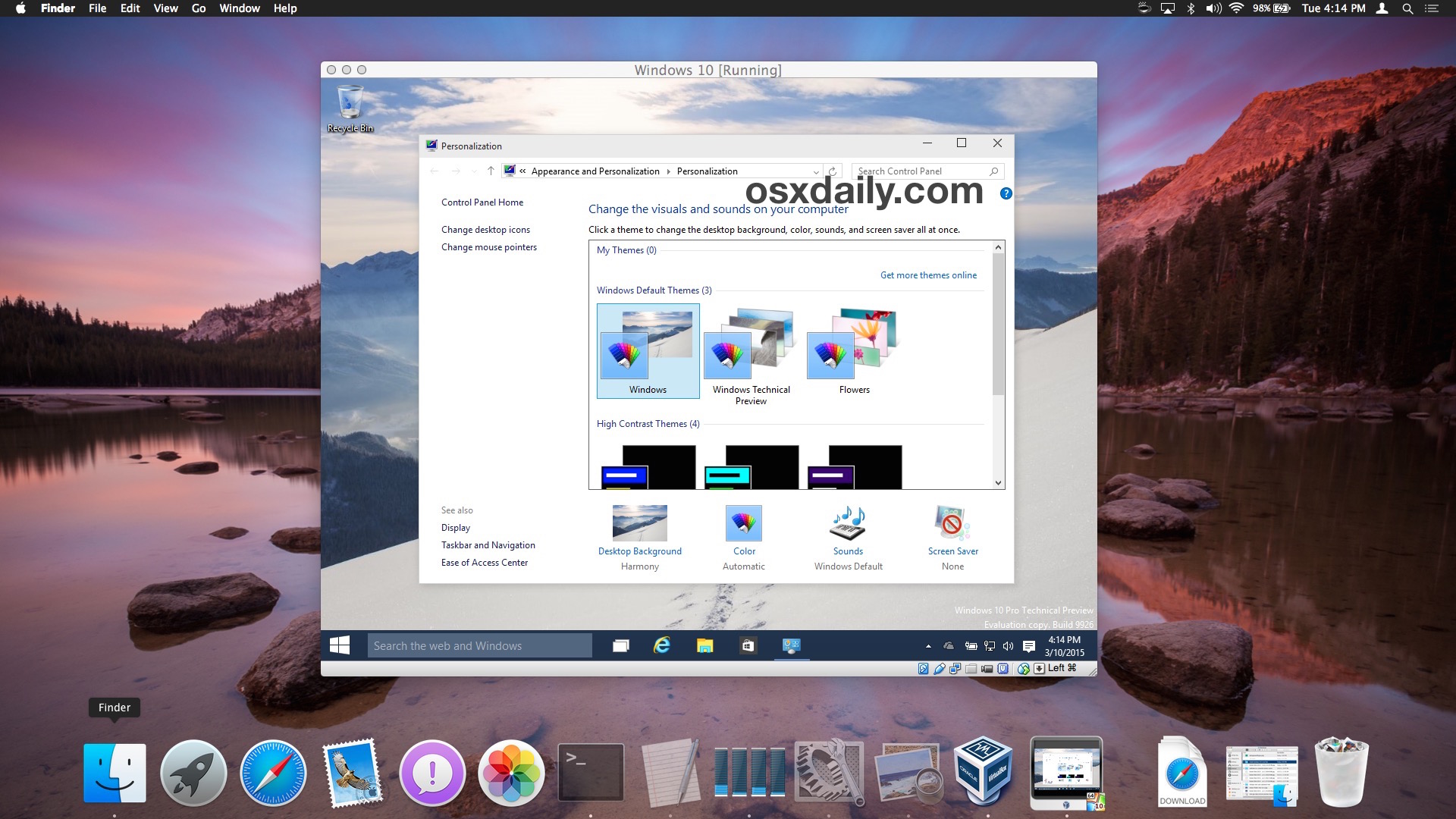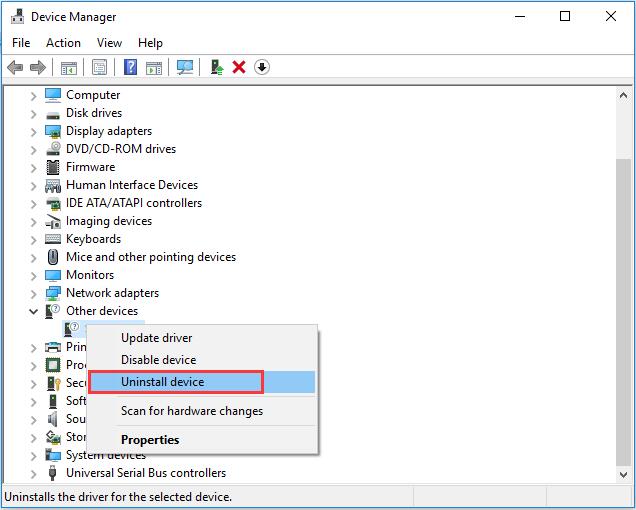

- WINDOWS 10 USB AUDIO DRIVER INSTALL
- WINDOWS 10 USB AUDIO DRIVER UPDATE
- WINDOWS 10 USB AUDIO DRIVER DRIVER
- WINDOWS 10 USB AUDIO DRIVER SOFTWARE
- WINDOWS 10 USB AUDIO DRIVER PC
WINDOWS 10 USB AUDIO DRIVER DRIVER
Select the Driver tab, then select Roll Back Driver. Select and hold (or right-click) the listing for your sound card or audio device, then select Properties.
WINDOWS 10 USB AUDIO DRIVER UPDATE
If your audio was working before you ran Windows Update and now isn’t working, try rolling back your audio driver.

If you have audio issues after installing updates The following is an example of a driver download page for a sound device manufacturer.
WINDOWS 10 USB AUDIO DRIVER INSTALL
If these steps didn't solve your audio issue, visit your device manufacturer’s website and install the most recent audio/sound drivers for your device. Select the audio device whose driver you want to update, select Next, and then follow the instructions to install it. Select and hold (or right-click) the listing for your sound card or audio device, then select Update driver > Browse my computer for drivers > Let me pick from a list of available drivers on my computer. To use the generic audio driver that comes with Windows: If those options didn’t work, try using the generic audio driver that comes with Windows. To restart, select Start > Power > Restart.
WINDOWS 10 USB AUDIO DRIVER PC
This restart will automatically prompt your PC to reinstall your audio driver. Note: Be sure to save your documents and any other current work before you restart. Select and hold (or right-click) the listing for your sound card or audio device, select Uninstall device, select the Attempt to remove the driver for this device check box, and then select Uninstall. If that doesn't work, try uninstalling your audio driver. If Windows doesn't find a new driver, look for one on the device manufacturer's website and follow those instructions. Follow the instructions to complete the update. Select and hold (or right-click) the listing for your sound card or audio device, such as headphones or speakers, select Update driver, then select Search automatically for drivers. Select the arrow next to Sound, video and game controllers to expand it. In the search box on the taskbar, type device manager, then select it from the results. To update your audio driver automatically: If you're having audio issues after installing updates, try rolling back your audio driver. If that doesn't work, try using the generic audio driver that comes with Windows. If that doesn't work, try uninstalling the audio driver (it will reinstall automatically). Make sure your audio driver is up to date and update it if needed. Thesycon owns a USB vendor ID and provides a subset of product IDs (PID) to licensees of Thesycon drivers.Hardware problems can be caused by outdated or malfunctioning drivers. Vendor IDs must be unique and will be assigned by the USB Implementers Forum ( ). USB Vendor and Product IDįor each USB device model an official USB vendor ID (VID) is required.
WINDOWS 10 USB AUDIO DRIVER SOFTWARE
Thesycon’s device drivers are software components intended to be used by hardware or software manufacturers to create end products. It will not help solve any problems you may experience with a consumer device such as a webcam, camcorder, card reader, external sound card, etc.

NOTE: The driver described on this page is *not for use by end users*. After that evaluation period has expired, the driver stops working. The free evaluation version of the TUSBAudio driver works for an interval of 60 days without any limitation. To receive a free demo, prices or license agreement, please fill out the contact form. Technical support is provided directly by the developers.

Our software is purely designed and implemented by our team in Germany - no outsourcing. Optionally, a device can implement a feature unit to expose volume and mute controls.A playback-only device with an asynchronous OUT endpoint must implement a feedback endpoint.If there is a recording path (IN endpoint) then the driver uses the incoming sample stream as clock reference to generate the outgoing stream (playback path).The driver supports the asynchronous, synchronous and adaptive endpoint synchronization model.If there is more than one clock source then a clock selector unit must be implemented as well. An Audio 2.0 device must implement at least one clock source unit.Both playback and recording path must be driven by the same sample clock source (as required by ASIO).A device can implement a playback data path, a recording data path, or both.


 0 kommentar(er)
0 kommentar(er)
